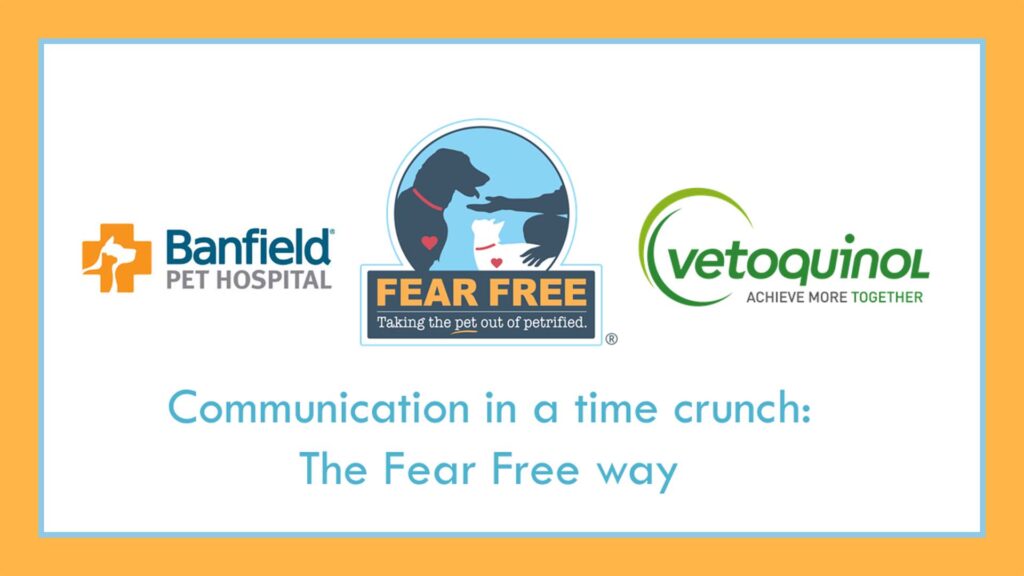Blog Archives
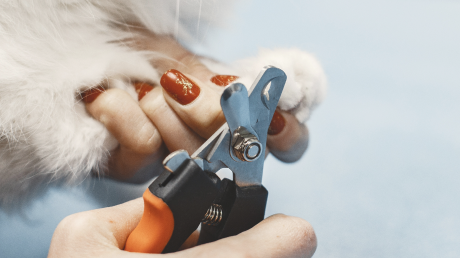
Course Overview
This course builds upon the foundational concepts covered in the Fear Free Nail Trims: Trimming Away the Terror course, which included finessed use of distractions, desensitization and counter-conditioning methods, and finely tuned choice of nail care tools.
An understanding of these foundational nail care concepts is recommended before starting this more advanced course. Cooperative care techniques taught in this course are useful both as preventive strategies to improve ease of nail care and as an interventional approach to address already existing FAS with nail care.
Since there is no “one size fits all” approach to nail care training that will work for every animal every time, this course aims to empower you with many options to choose from, depending on the animal you are working with at the time.
There are six short lessons in this course:
- Lesson 1: Communication & Consent Cues
- Lesson 2: Treat-Ment Stations
- Lesson 3: Chin Rest and Bucket Game
- Lesson 4: Offering Paws and Zen Down
- Lesson 5: Scratch Board Training
- Lesson 6: Problem Solving and Coaching Clients
This course was written by Mikkel Becker, CTC, KPA CTP, CBCC-KA, CPDT-KA, CDBC.

Providing the Optimum Environment for Cats
Many behavior problems in cats develop due to our failure to provide them with their behavioral needs. This presentation with Valarie Tynes, DVM, DACVB, DACAW, will review the social structure of the cat and why multi-cat households can be so stressful. Recognizing these signs of stress and how to avoid their development be covered. In addition, a variety of tips for meeting the environmental and behavioral needs of the cat will be reviewed.
Brought to you by our friends at Ceva Animal Health
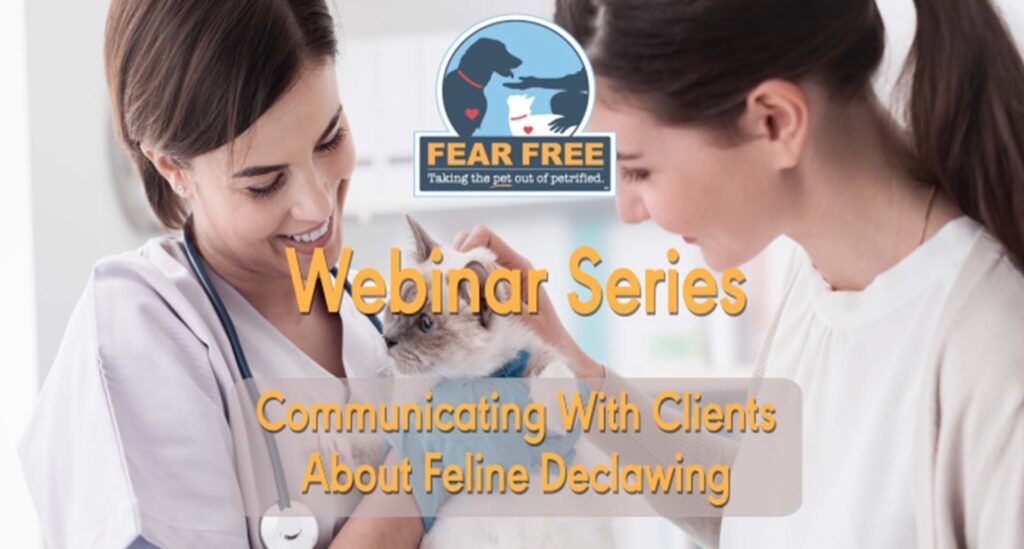
Communicating With Clients About Feline Declawing
If you are going to decline to declaw cats, it will be critical that you’re able to clearly explain to clients why the risks of declawing outweigh the potential benefits. In addition, every member of the team must be able to offer clients practical alternatives to declawing in a straightforward and understandable manner.
In this webinar, Valarie Tynes, DVM, DACVB, DACAW, will help build your team’s knowledge regarding why cats scratch and what cats want in the way of a scratching post as well as prepare them for these difficult client conversations.
Valarie Tynes owns Premier Veterinary Behavior Consulting in Sweetwater, Texas. Dr. Tynes is a native of Fort Worth, Texas and she earned her Doctorate of Veterinary Medicine in 1987 from Texas A&M University College of Veterinary Medicine. After several years in private practice, Valarie completed a residency in clinical animal behavior at the University of California at Davis in 2003. Her special interests include miniature pigs and other exotic pets as well as animal behavior. Dr. Tynes is a Diplomate of the American College of Veterinary Behaviorists and a frequent speaker at professional meetings around the world. She has authored numerous articles and chapters on a variety of behavior-related topics and she is the editor of Behavior of Exotic Pets. Dr. Tynes is also the author of Miniature Pig Pet Care, part of A Quick Reference Guide to Unique Pet Species, on the Veterinary Information Network.
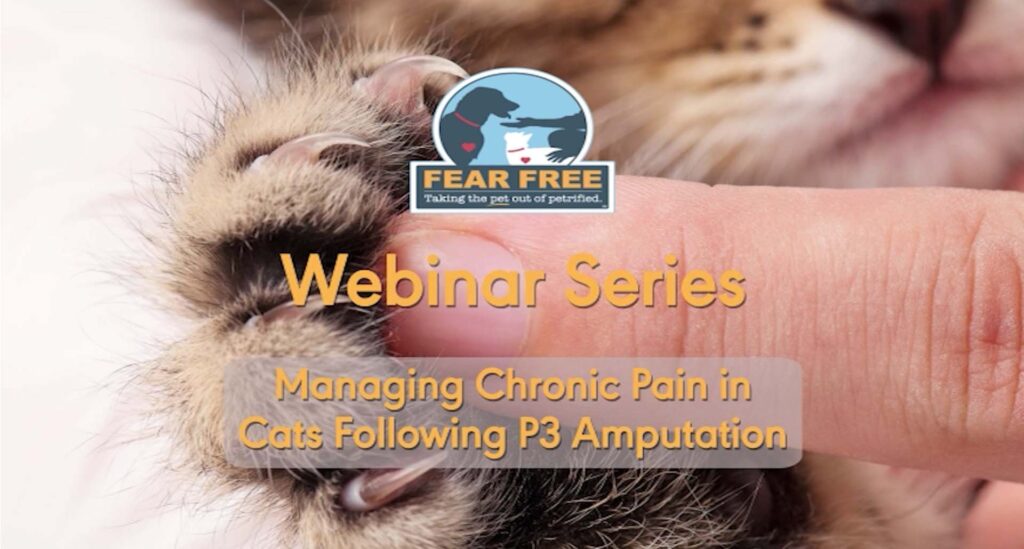
Managing Chronic Pain in Cats Following P3 Amputation
Cats’ paws and toes play a critical role in their lives. Sometimes, however, we see cats in our practices who have had their P3s amputated. These cats, no matter how carefully their surgeries were performed, are subjected to the same nervous system aberrations that occur in humans post-amputation, which can result in chronic maladaptive, neuropathic pain in up to 80% of patients.
In this session, Robin Downing, DVM, MS, DAAPM, DACVSMR, CVPP, CCRP, will explore ways to “unwind” the peripheral and central sensitization that occurs in the wake of P3 amputation, both in the feet, and downstream from altered biomechanics.

Resource Guarding in Dogs: A Fear Free Approach
Resource guarding is a common problem in dogs with a wide variety of behavioral presentations. The condition is sometimes referred to as possessive aggression, and it poses a serious risk of injury when aggression is directed toward humans or other animals. Resource guarding can negatively affect the human-animal bond and the dog’s social relationship with other animals. In this webinar, Kenneth Martin, DVM, DACVB, will discuss prevention, establishing a diagnosis, and treatment recommendations.
Brought to you by our friends at Blue Buffalo.
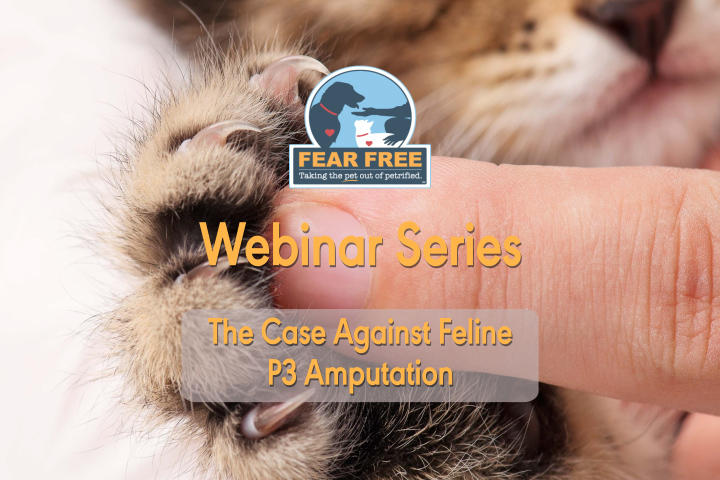
The Case Against P3 Amputation
While pain management is a vital part of Fear Free, it is even more important for cats who have been declawed. Join us and Robin Downing, DVM, MS, DAAPM, DACVSMR, CVPP, CCRP, founder of The Downing Center for Animal Pain Management, to learn about the trauma of feline toe amputation from the pain, biomechanical, and bioethical perspectives. This will energize your commitment to “just say no”!
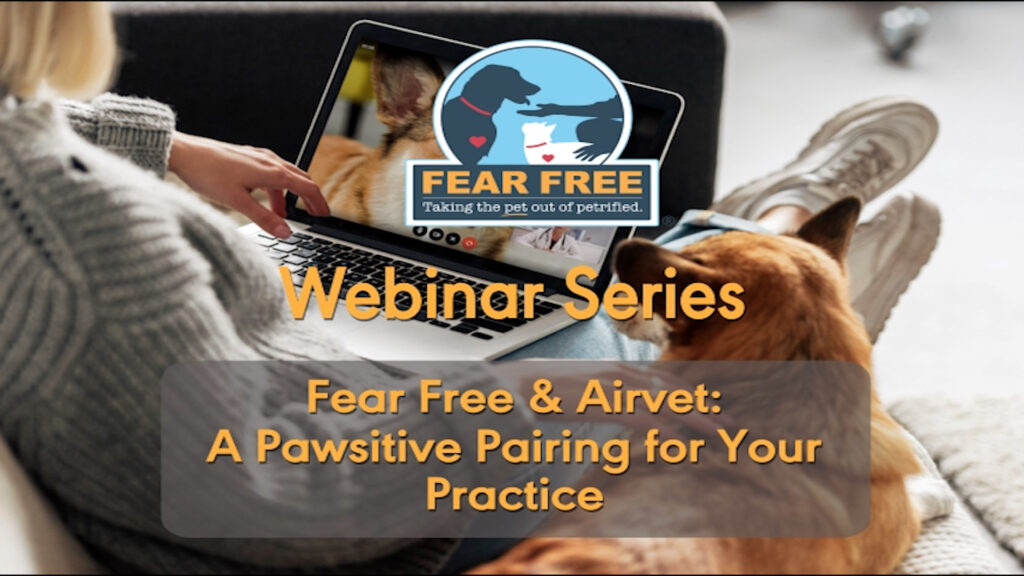
Fear Free and Airvet: A Pawsitive Pairing for Your Practice
Keeping pets (and their vets) stress-free is good for everyone! Fear Free and Airvet have teamed up to help pets live healthier and happier lives. This fireside chat will cover how using Airvet’s connected care platform and Fear Free training can alleviate fear, anxiety & stress in pets while allowing you to easily deliver an outstanding client experience.
Please join Marty Becker, DVM, founder and CEO of Fear Free; Russ Brewer, DVM, CVMA, CVSMT, CCRT of Care Animal Hospital of Pleasant Prairie; and Jeff Werber, DVM, Chief Veterinary Officer of Airvet, as they share their experiences and best practices that will set you and your team apart from the pack.

Speak the Right Words
Debra Vey Voda-Hamilton, principal at Hamilton Law and Mediation, PLLC (HLM), helps vets and their staff learn how to appropriately address disagreements and foster mindful reactions to difficult discussions. As the first conflict consultation practice in the U.S. dedicated to helping people resolve conflicts that arise in business and life over animals, HLM uses empathy, compassion, and methods of alternative dispute resolution (ADR) to assist people in understanding the “why” of a conflict that arises when dealing with animals. These conflicts are relational, not transactional, and can be nipped in the bud—before they nip the veterinarian in the butt—if skills to address the conflict are learned and applied.
Gain the knowledge on how to peacefully and proactively:
- Address disagreements
- Choose to keep relationships or let them go peacefully
- Appreciate how you (and others) think
- Enhance your listening skills
- Find strength in allowing curious questions and discussions
- Realize you can navigate difficult conversations
Brought to you by our friends at Vetoquinol.
